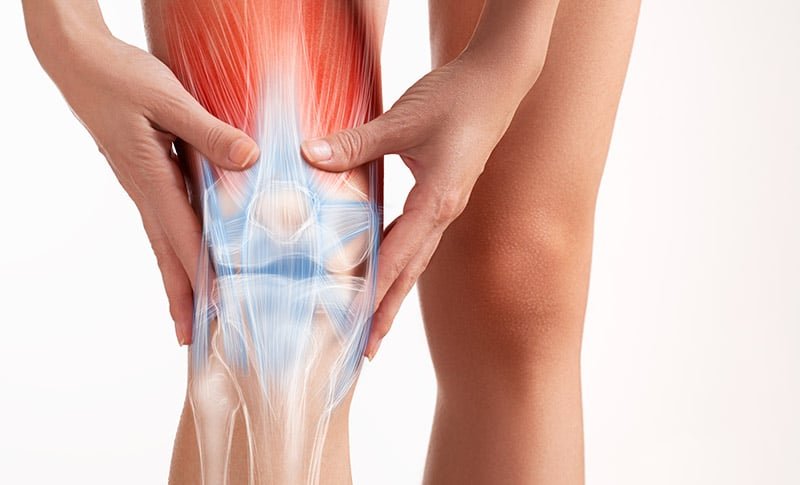
Dr. Sanjay Barik
Knee & Shoulder Surgeon
Meet Our Doctor

Dr. Sanjay Barik
Orthopedic and Joint Replacement Surgeon
Dr. Barik's Orthocare Clinic
- MBBS
- MS - Orthopaedics
Knee Specialist In Gadchiroli
- Home
- Quick Links
- Knee Specialist In Gadchiroli
Knee Specialist In Gadchiroli is a complex joint made up of many parts, making it susceptible to a variety of injuries. The most common knee injuries include sprains, ligament tears, fractures, and dislocations.
Many knee injuries can be successfully treat with simple measures such as support and rehabilitation exercises. Surgery may be require to correct other injuries.
Knee pain is a common condition that affects people of all ages. Knee pain can be caused by injuries such as torn ligaments or cartilage tears. Conditions such as arthritis, gout, and infections can also cause knee pain. Physical therapy and knee braces can also help relieve pain. However, in some cases, surgical repair of the knee may be necessary.

Here we are discussing some common type of the knee injuries
1. Anterior Cruciate Ligament (ACL) Tears: ACL tears are a common sports injury that often occurs during activities that involve a sudden stop, change of direction, or direct impact to the knee. This damage can cause instability and swelling.
2. Medial Collateral Ligament (MCL) Sprain: MCL sprains often occur as a result of a direct blow or twisting movement to the outside of the knee. This is a common knee injury, especially in contact sports, and can range from mild to severe.
3. Meniscal tear: The meniscus is his C-shaped cartilage in the knee that can be torn by twisting or direct trauma. A meniscal tear can cause pain, swelling, and limit movement.
4. Posterior cruciate ligament (PCL) injuries: Posterior cruciate ligament injuries are less common than anterior cruciate ligament injuries and can result from a blow to the front of the knee while the knee is flex. is common. This injury can cause pain and instability in the back of the knee.
5. Patellar ligamentitis (jumper’s knee): Patellar ligamentitis is an inflammation of the patellar ligament that often occurs in athletes who perform activities that involve repeate jumping and landing.
6. Iliotibial band syndrome (ITBS): ITBS is an overuse injury that causes pain on the outside of the knee. It commonly occurs in runners and cyclists due to friction between the iliotibial band and the lateral condyle of the femur.
Knee Specialist In Gadchiroli
7. Patellofemoral Pain Syndrome: Also known as runner’s knee, this syndrome involves pain in the patella (patella) area and is often associated with activities that require repetitive movements of the knee.
9. Bursitis: Knee bursitis is inflammation of the bursae (fluid-filled sacs) around the knee joint, causing pain and swelling. The most common forms include prepatellar bursitis (maid knee) and infrapatellar bursitis.
10. Osgood-Schlatter Disease: Once, This disease primarily affects rapidly growing adolescents and involves inflammation of the patellar ligament attachment on the shin bone, causing pain and swelling under the patella.
11. Knee Fractures: Fractures of bones in the knee, such as the patella and tibial plateau, can occur as a result of trauma or accidents.
12. Knee Dislocation: Thus, Knee dislocation occurs when the bones of the knee are displaced, often due to severe impact trauma. This is a serious, potentially limb-threatening injury.
13. Osteochondritis dissecans: Thus, This disease, in which a portion of the bone or cartilage separates from the surface of the knee joint, commonly occurs in young athletes.
Knee Specialist Structure
Firstly, The knee is the largest joint in the body and one of the joints most prone to injury. Thus, It is made up of four main structures:
- bones
- cartilage
- ligaments
- tendons.
Bones. Three bones come together to make up the knee joint: the femur (thigh bone), tibia (shin bone), and patella (patella). The patella is located in front of the joint and provides some protection.
Articular cartilage. The ends of the femur and tibia and the back of the patella are covered with articular cartilage. This slippery substance allows your knee bones to slide smoothly over each other as you bend and straighten your legs.
Meniscus. Two wedge-shaped meniscal cartilages act as shock absorbers between the femur and tibia. In contrast to articular cartilage, the meniscus is tough and rubbery, cushioning and stabilizing the joint. Once, When we talk about cartilage damage in the knee, we are usually referring to a meniscal tear.
Ligaments. Firstly, Bones are connected to other bones by ligaments. His four major ligaments in the knee act like strong ropes to connect the bones and stabilize the knee. There are
Collateral ligaments. These are on the sides of her knees.Thus, The medial collateral ligament is on the inside of the knee, and the lateral collateral ligament is on the outside.
Cruciate ligaments. These are located on the inside of the knee joint. These cross each other to form an X shape with the anterior cruciate ligament in front and the posterior cruciate ligament in the back. The cruciate ligaments control the forward and backward movement of the knee.
Tendons. Muscles are connected to bones by tendons. The quadriceps tendon connects the muscles at the front of the thigh to the patella. The patellar tendon, on the other hand, runs from the patella to the shinbone.


